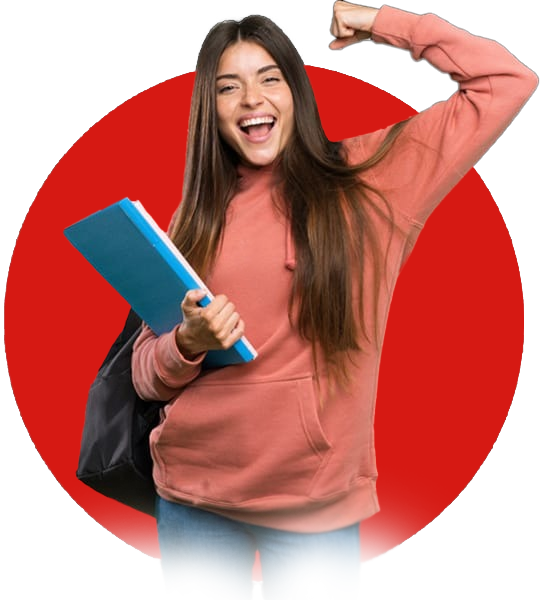EDTECH FOR LEARNERS AND EDUCATORS
Education Technology
By definition, EdTech corresponds to any service that combines hardware, software and educational theory and practice to enable learning. Virtual classrooms, recorded video and audio lessons, e-books and more qualify for educational technology. The EdTech market is about to explode in the coming years, making it a suitable business niche.
The easiest area to see the comforts of Education Technology is virtual learning attending lectures or classes virtually with video or audio communication to participate. It requires the use of EdTech to keep the classroom engaged. The essential objective of Educational Technology is to boost the quality of education and enhance the learning process. Most importantly, technology should augment the teaching and learning process as well as promote better performance of educational systems as it emphasises upon effectiveness and efficiency.
